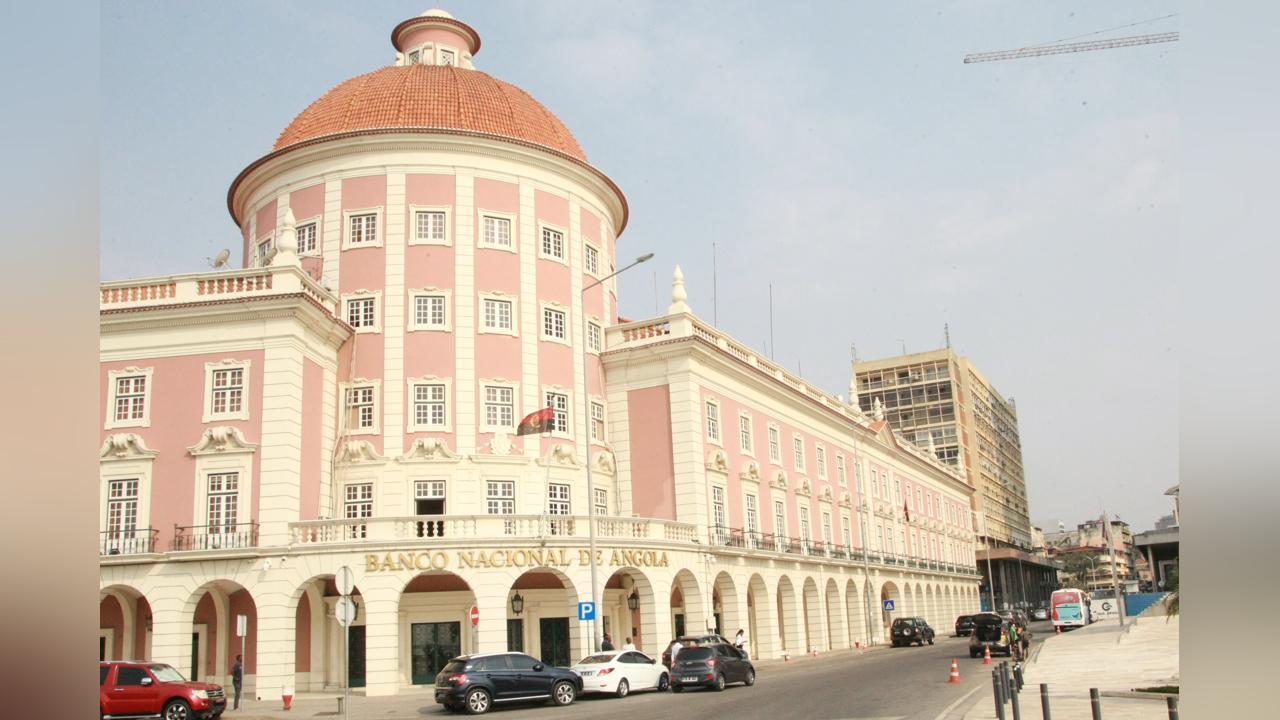Africa-Press – Angola. The 100 US dollar note is being sold at 56,400 kwanzas (Kz 564/USD), at the National Bank of Angola, against 57,300 kwanzas at commercial banks, which represents an increase of more than 14 thousand kwanzas, compared to the month of May 2022.
In the same period (May 2022), USD 100 cost around 42 thousand kwanzas at the Central Bank, at the rate of 420 kwanzas for each dollar, while commercial banks sold the same note at Kz 42 thousand 300 (Kz 423/USD).
Currently, 56 thousand 400 kwanzas are needed to obtain 100 dollars from the National Bank, while in commercial banks the acquisition of the same amount varies between 56 thousand 500 kz and 57 thousand 300 kwanzas, with each dollar costing between 565 and 573 kz kwanzas, respectively.
As for the purchase, each dollar is equivalent to 560 kwanzas (USD 100 costs Kz 56,000) at commercial banks. In May 2022, one dollar was bought at 412 kwanzas (USD 100 was equivalent to Kz 41 thousand 200) in the formal market.
On the other hand, the 100-euro note is being sold at 60,000 kwanzas (600 Kz/Eur), at the BNA, against 44,400 kwanzas (444 Kz/Eur) in 2022.
In commercial banks, the 100-euro note is around 61,600 kwanzas, registering an increase of more than 16,000 kwanzas, compared to the previous period, when it cost Kz 451 (Eur 100 was worth Kz 45, 100).
From February 1, 2018 until the present date, the Angolan foreign exchange market is regulated by the floating exchange rate, which replaced the fixed exchange rate regime.
The floating exchange rate, which directs commercial banks to adopt transparent, fair, balanced and correct behavior in the acquisition and disposal of currency, is determined by the supply and demand for foreign currency in the market, without the intervention of the Central Bank.
Street exchange – “quinguilas”
Although the commercialization of foreign currencies by non-accredited entities is considered illegal, in Angola, this practice still continues to be predominant, mainly in the streets/avenues of Luanda, where the famous “quinguilas” occupy the sidewalks to exchange currencies (dollar and euro).
This Monday, in some streets of Luanda, for example, the 100 dollar note was being sold for 62,000 kwanzas and bought for 59,000 kz. Still in the street market, 100 euros was costing 69,000 kwanzas for sale and 65,000 for purchase.
In Angola, the trading of currency by non-accredited individuals is illegal and punishable with a prison sentence of up to 1 year or a fine of up to 120 days, under the terms of the Angolan Penal Code, in force since February 9, 2021.
Low oil production influences rise
With regard to the rise in the dollar and euro, the governor of the BNA, José de Lima Massano, recently acknowledged that the Kwanza had depreciated by 7% against the dollar in the period between January and the present date.
Despite the depreciation, the Central Bank manager reassured citizens, underlining that “there is no reason to panic”, as the current scenario is marked by market correction in the face of the new balances imposed by the sharp reduction in exports, in a relatively short period
.
Speaking at the end of the 111th meeting of the Monetary Policy Committee (CPM), held this month in Bié province, he recalled that oil and gas generate around 95% of foreign exchange resources for Angola, so any change in the amounts produced or prices on international markets influence the functioning of the economy.
“In the first four months of the year, what we observed was a drop in export revenues, a fact that had an impact on the supply of foreign exchange for the country”, he recalled.
In view of this situation, he referred that the BNA decided to make securities in foreign currency available to economic operators and citizens, investing in national currency.
Through this route, he advanced, there are conditions to preserve savings and manage exchange rate risk. According to the governor of the BNA, “this is not an intervention per se, nor any situation that could be understood as a panic”, since, if the Central Bank intervened to maintain the exchange rate, international reserves would have already fallen by about of a billion dollars.
In his view, such an exercise would cause further damage to the national economy.
According to José de Lima Massano, the available correction instrument between supply and demand is price, which has led to a new adjustment, determined by market forces, which leads to pressure on the national currency.
He justified, on the other hand, that the sharp variation in the price of the currency was one of the reasons that forced the BNA to keep the monetary policy rates unchanged, in the last session of the CPM meeting.
Impact of the exchange rate on inflation
As for the relationship between the exchange rate and inflation, the BNA governor assured that he will continue to work towards guaranteeing price stability in the economy, using the instruments available to the Central Bank.
He considered the exchange rate as an extremely important factor for price formation and maintenance of Net International Reserves, which must be maintained at a minimum level of six months of imports.
Therefore, he continued, inflation is a matter of great concern for the BNA, which is responsible for preserving the value of the currency and its purchasing power, whose action is aimed at influencing price stability in the economy.
He recalled that, for this year, the “ambition” is to bring inflation to a range between nine and 11%, being necessary to assess the impact of the devaluation of the kwanza.
For More News And Analysis About Angola Follow Africa-Press






